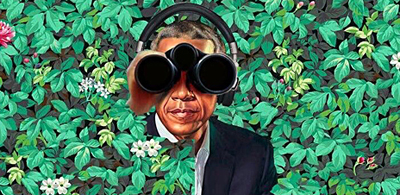Farewell Brother Crichlow

Ernest Crichlow (1914-2005) spent his life painting and drawing the African American experience. He was involved in the 1930’s Harlem Renaissance, worked in the Federal Art Project as part of the Great Depression era Works Progress Administration, and in 1942 was an exhibiting artist in New York City’s very first exhibit of Black American artists – a show that included Romare Bearden, Jacob Lawrence and Norman Lewis.
Crichlow’s art was rooted in social realism, and he was never afraid to tell the truth about real life. His artworks provided beauty, vision and hope to a beleaguered people. Crichlow was one of the artists that influenced me as a teenager; I was attracted to his simple realism and his beautiful black and white lithographs. In a 2003 interview Crichlow said;
“I never say ‘art,’ I say ‘life’ because that’s what my art is. It’s everybody’s art whether they realize it or not. That’s what art is, it belongs to everyone. But one thing I do think that is really important is that your art reflects what is important in your life. Whether you are a writer or a musician or a painter, where are you getting your creativity from? What I mean to say is that I don’t think modern students see it as part of their life. They have a tendency to separate. Like ‘this is what I do for a living,’ as opposed to ‘this is my life.'”
Ernest Crichlow passed away on November 10th, 2005, at the age of 91. In singing his praises I’d like to make note of his passion for art and how he never allowed that fervor to wither in the face of adversity, a strength every artist must strive for in these trying times.



